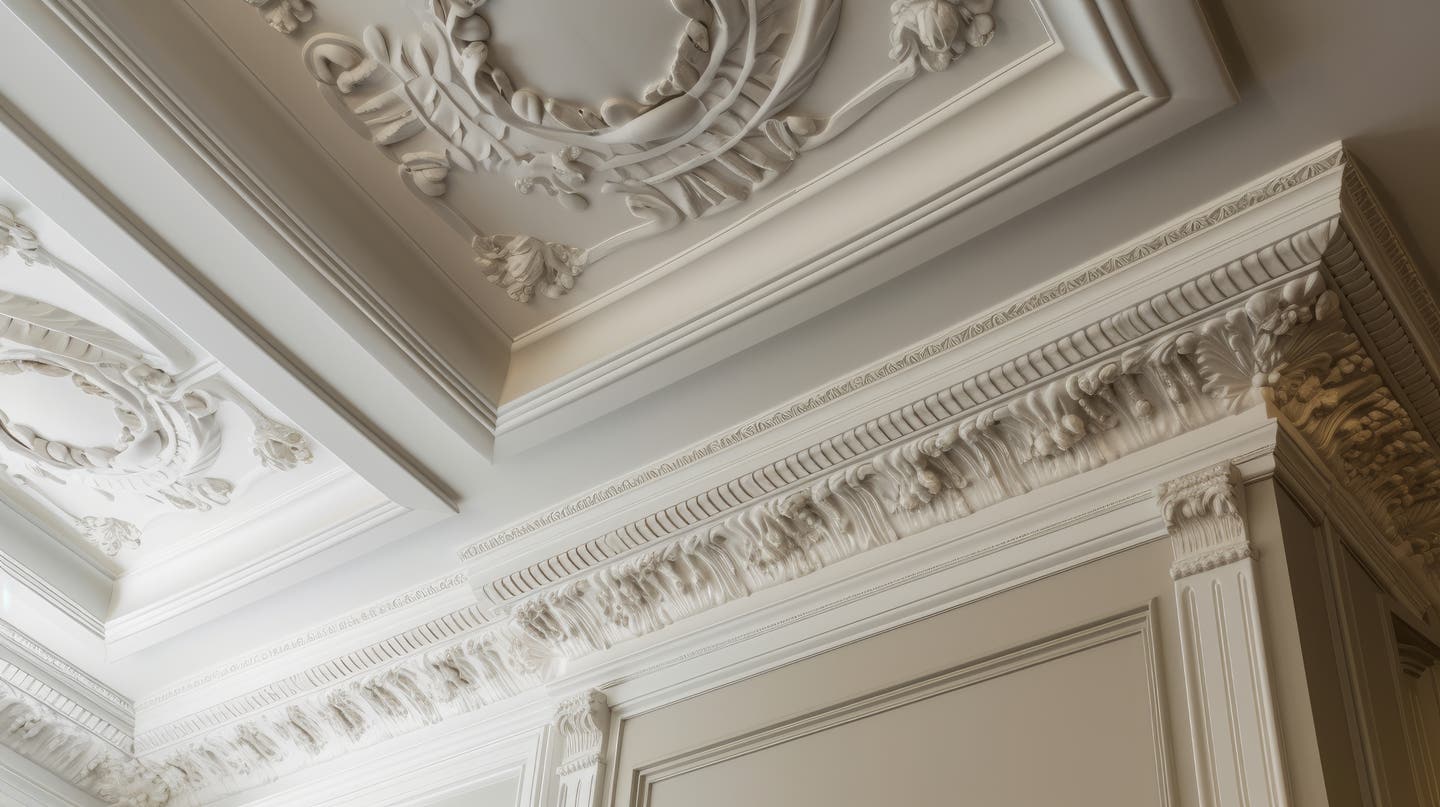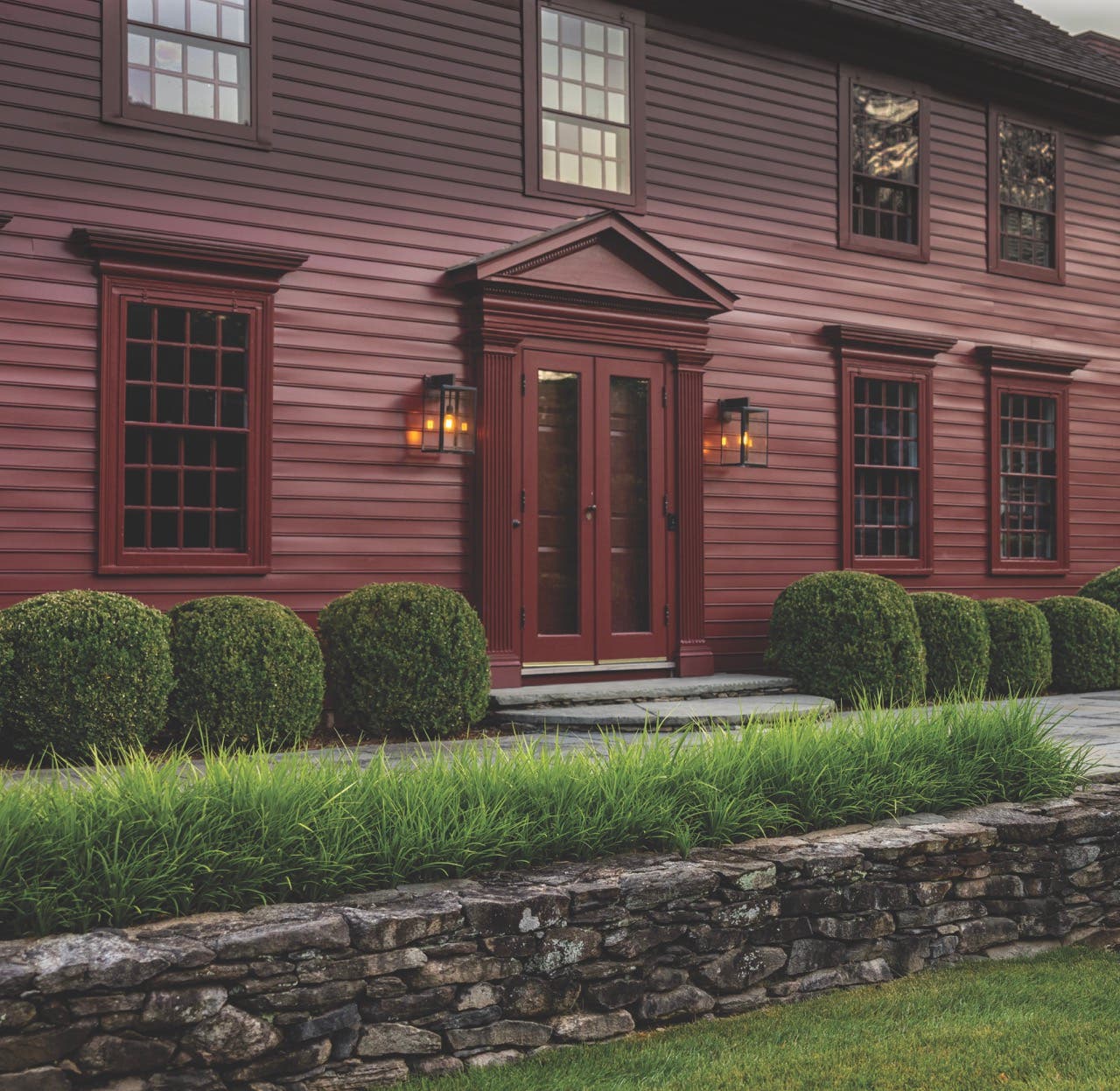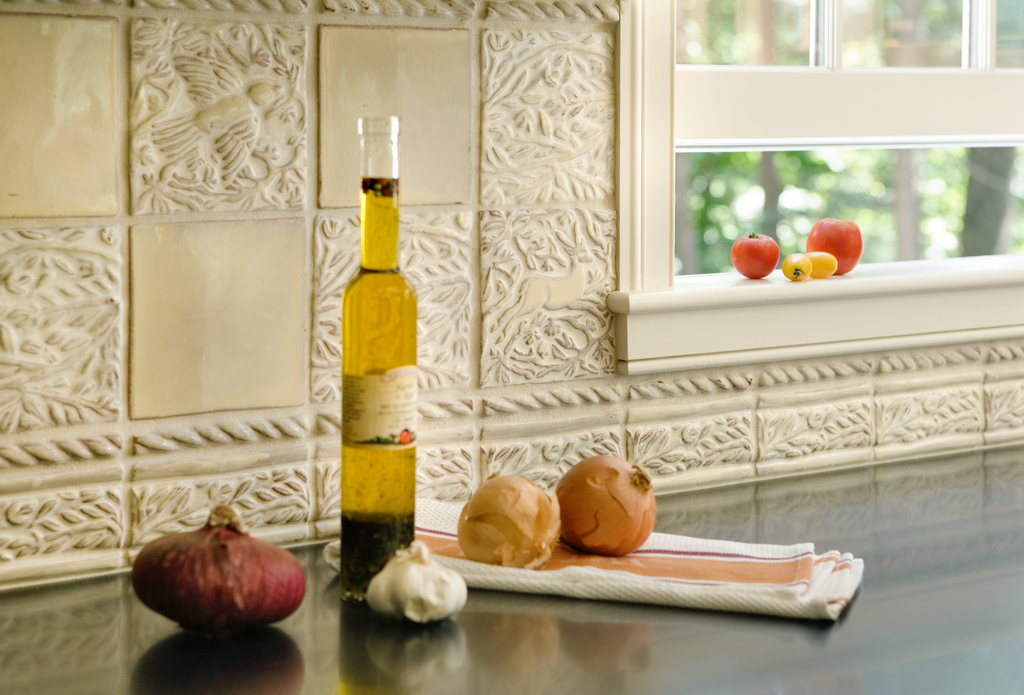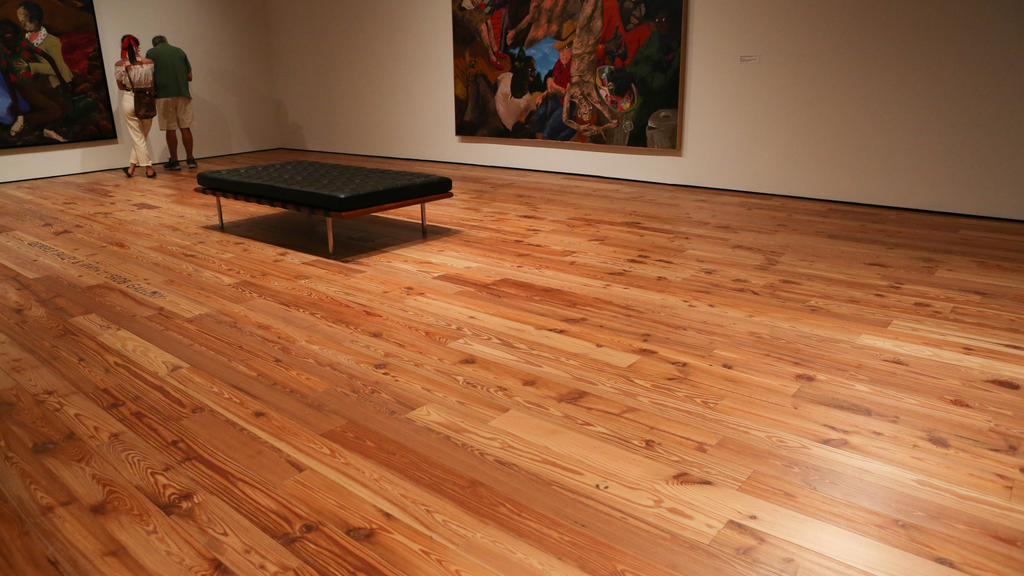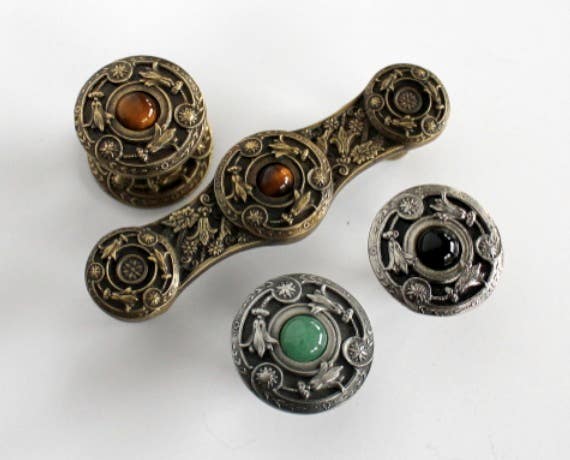
Product Reports
A History of Door Hardware
With the exception of the Gothic Revival movement, where doorknobs sporadically incorporated Tudor arch and quatrefoil motifs, most door hardware was not explicitly tied to decorative fashions or architectural styles until the latter-19th century.
In the 1870s, however, the picture changed radically. As the flowering of the Industrial Revolution coincided with the design revelations of newly opened Japan, almost every type of Victorian door hardware was suddenly crawling with Aesthetic Movement motifs and planar Anglo-Japanese ornament – bamboo, butterfly and parasol outlines mixed in with Eastlake geometrical abstractions.
By 1900, manufacturers seemed all but obsessed with historical styles and motifs as hardware design selling points. They churned out escutcheons and knobs in myriad schools of ornament – from Byzantine, Empire, Flemish and Japanese to several iterations of Gothic and Renaissance – finely slicing historical styles into almost imperceptible differences of ornate surface decoration.
By the 1890s, manufacturers also jumped decorative finishes, such as acid treatments and the newly popular process of electroplating, as ways to enhance the appeal of otherwise prosaic steel. In our day, when a choice of three or four hardware finishes would be a lot, it’s amazing to realize that manufacturers of a century ago regularly offered as many as 20 hardware designs for a simple butt. Typically these were plated versions of more expensive or more tarnish-resistant metals – copper, silver, bronze, nickel, gold – but there were also ersatz aged and patinated versions, such as Pompeian bronze and Verde antique.
In the early-20th century, about the time the age of historical architectural hardware reached its peak, the industry made an about face to its early origins – at least in a decorative sense. The rise of the Colonial Revival movement – and, to a lesser extent, the Arts and Crafts movement – sent manufacturers back to producing hand-wrought hardware – or at least pseudo-hammered versions of the same. Front doors could be opened with authentic-looking black iron thumb-latches, but then secured with latest in security technology: the keyed cylinder lock.
The large, paneled doors of neo-Georgian houses, as well as the batten-style doors of Tudor and bungalow houses, might greet visitors with long, spade-tipped, strap-hinge leaves stretched horizontally across their width. On closer inspection, however, the visitor might notice that the door actually swung on modern steel butts, and that the hand-hammered strap hinge was only a piece of stage scenery – down to the ersatz, hammer-headed nails or clavos that held it in place.
Getting a Handle on Hinges
As architectural hardware grew into a manufacturing industry, and more sophisticated and specialized products were developed, the industry began to distinguish between two types of door hinges.
The word hinge was generally reserved for hardware that attached to the face of the door, the common examples being strap and T-hinges. In contrast, hardware with leaves that opened like a book, and attached to the butt-edge of the door and the frame, was called a butt or butt-hinge. The butts familiar to most people, and still widely manufactured today, are the loose-pin versions, where the leaves are joined by a removable pin that slides into three or five knuckles that carry the weight.
However, old-house devotees also frequently encounter loose-joint butts. Also called pintle-and-barrel or lift-off butts, in these hinges the leaf mounted to the door slides onto an upright pin fixed into the leaf attached to the door frame. Loose-joint butts allowed for quick door removal, but had the disadvantage of being “handed” – that is, the hardware had to be manufactured in “right” and “left” versions to accommodate the swing of the door. Loose-joint butts also have only one bearing surface per hinge to carry the weight of the door.
A related hardware family with a single, pivot-type joint is the paumelle hinge. The beauty obtained by the reducing the profile of the joint, then adding ornamentation, means that “paumelle hinges go all the way back,” in origin, according to Martin Grubman, vice president of P.E. Guerin in New York City, which makes examples from Louis XVI and Georgian architecture. By the streamline era of 1930s, the loose-joint butt idea took yet another turn in the form of acorn hinges that limit the visible presence of the hinge joint to a small, svelte ball or orb.
Gordon Bock, co-author of The Vintage House (www.vintagehousebook.com), is an in-demand speaker for courses, seminars, and keynote addresses through www.gordonbock.com.




